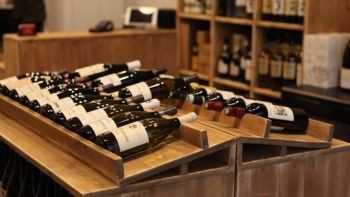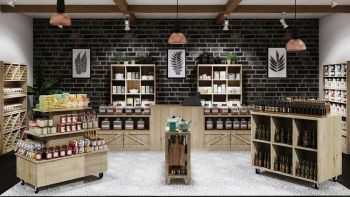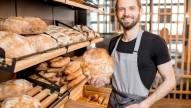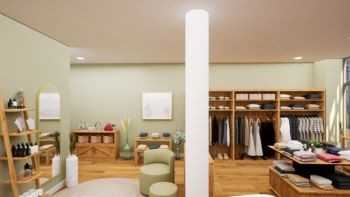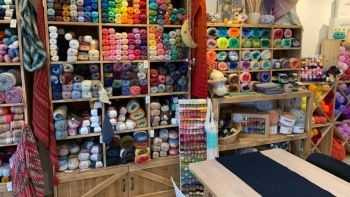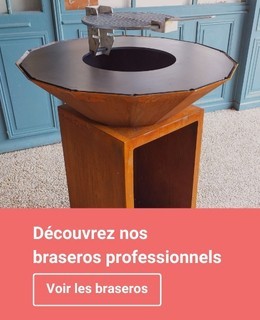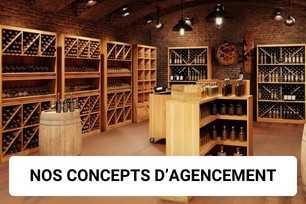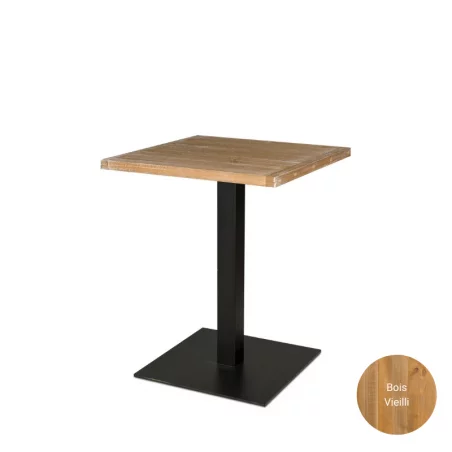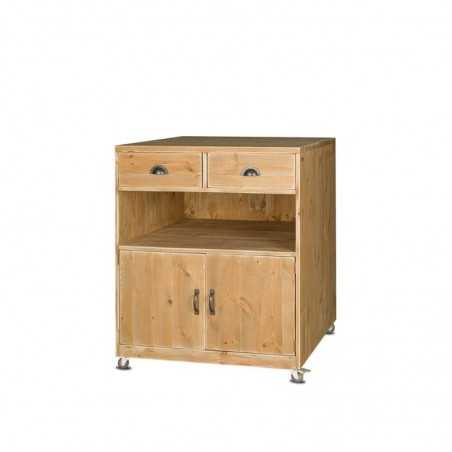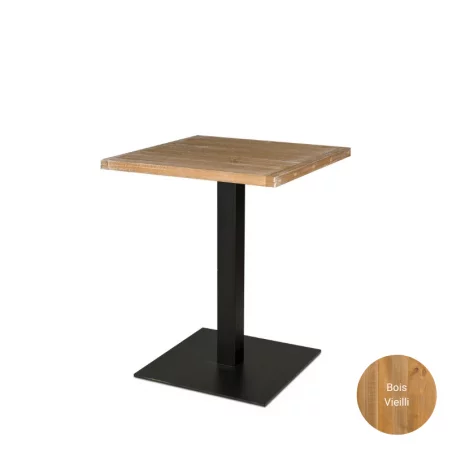Contact us on 05 46 94 15 94 Deliveries are available in France, Belgium and Luxembourg | Minimum purchase amount 500€ exc VAT
Menu
-
MenuBack
-
Products
-
-
-
By product category
-
-
-
By profession
-
-
-
-
-
By product category
-
-
-
By profession
-
-
-
-
-
By product category
-
-
-
-
-
-
By product category
-
-
-
By profession
-
-
-
Business
-
-
Braziers
-
-
Our range of fire pits
-
-
-
-
-
- Second-hand
- Destocking
-
Customer projects
-
-
My layout project
-
Published on : 02/24/2025
How to set up a restaurant?
Setting up in a restaurant is a key part of delivering a successful customer experience. Careful setting of the tables reflects the professionalism of the establishment and contributes to the general atmosphere. It’s not just about aligning plates and cutlery, but creating a harmony that enhances the kitchen served.
Discover our best tips to optimize the layout of a restaurant and ensure an impeccable presentation.
The basics of table setting
Why is setting important?
To arrange a restaurant room also goes through a well-made dressage table restaurant. This brings a positive first impression for the customer and highlights the restaurant’s identity, a significant step for setting up in a restaurant.
A well-placed table enhances the customer experience by creating a pleasant and orderly atmosphere. In addition, an efficient restaurant table setup allows waiters to ensure a smooth and fast service, thus avoiding any confusion during the meal.
The essential elements to use
In catering, the setting is important. Therefore, each table must be carefully set up with the essential elements:
- Plates and cutlery adapted to the proposed menu
- Glasses arranged according to the drinks served
- Elegantly folded cloth or paper napkins
- Decorative accessories such as a centerpiece or candle holder to enhance the atmosphere
- Practical items such as menu holders or condiment holders
The choice of restaurant furniture also plays an important role. A well-proportioned restaurant table and a resistant table top ensure optimal comfort for the guests.

The steps to a successful dressage
Choosing the right cutlery and accessories
The choice of cutlery must match the dishes on offer. A gourmet restaurant will prefer refined cutlery, while a bistro will adopt simpler but elegant dishes. Setting up in a restaurant follows precise rules: the number and arrangement of cutlery follows a precise order, with forks on the left, knives and spoons on the right, and dessert utensils placed at the top of the plate.
The placement of glasses must also follow a logical order, with the glass of water in front of the plate, followed by the white wine glass and then the red wine glass. Adding small touches, such as a knife holder or presentation plate, adds an extra touch of refinement.
Arrange space on table
A restaurant set-up relies on a balanced arrangement of elements to ensure a pleasant experience. The space between the guests must be sufficient to avoid any feeling of clutter while maintaining an elegant and welcoming table.
Consider adapting the restaurant layout to the size and shape of the tables. For large tables, it is recommended to space the plates harmoniously and use table paths to structure the space. The use of solid wood professional restaurant furniture reinforces the character of your establishment and gives a strong identity to the place.
Create an atmosphere with dressage
Dressage contributes directly to the setting up of a restaurant and its atmosphere. The harmony between visual and sensory elements is essential to seduce guests as soon as they arrive.
The placement of plates, glasses and napkins must follow a logical and aesthetic layout. A well ironed tablecloth or solid wood table top can add an authentic touch. Not to mention that the colors of the plates and accessories match the style of the restaurant.
For an elegant atmosphere, bet on neutral tones and noble materials, and for a warmer effect, natural shades and textured materials will be ideal.
Lighting also plays an important role in setting up a restaurant. A dim light promotes an intimate atmosphere, while a brighter lighting will suit a more dynamic setting such as a bistro or family restaurant.
Practical tips for perfect dressage
Precise gestures and well-established habits must be respected for a good setting in a restaurant. For example, always arrange the cutlery in the correct order, but also align the glasses and make sure that the tables are clean.
Anticipate customer needs by adapting training to different bookings. For example, a romantic meal will require a more intimate table with special attention to decoration, while a business meal will require a sober and functional setting.
The furniture must be carefully selected to match the style of the restaurant and be as functional as possible in setting up a restaurant.
Examples of dressings for different types of restaurants
The restaurant table setting varies according to the concept and target clientele. Here are some inspirations adapted to different types of establishments:
- Gourmet restaurant: a neat presentation with tablecloths, several sets of cutlery and matching glasses. The details are refined, with elegant accessories such as a marker or a candle.
- Bistrot: a simpler but welcoming setting, with raw materials such as wood and towels folded in an original way.
- Buffet: an optimized layout with well-aligned presentation trays, clear signage and easy access to utensils and condiments.
Setting up in a restaurant adapts to the identity and clientele of your establishment. A consistent layout and thoughtful training contribute to a successful experience and customer loyalty.

One of the essential elements to ensure a quality service and offer an experience to your customers is the setting up in a restaurant. From the choice of furniture to the organization of tables, every detail counts to create a warm atmosphere and consistent with the image of your establishment. We also offer a blog post on how to maintain your restaurant, which is just as essential as dressage.
But that’s not all! A good restaurant setting is based on a balanced layout, thoughtful choice of accessories and special attention to the overall atmosphere.
